Dried poblano peppers, also known as ancho peppers, are a dried version of the fresh poblano chili pepper. They are a staple in Mexican cuisine, offering a smoky, sweet, and complex flavor profile. This guide covers everything you need to know about dried poblanos, from basic facts to expert cooking tips.
Table of Contents
- What is a Dried Poblano Pepper?
- Flavor Profile & Heat Level
- Creative Uses in Cooking
- Buying Guide: How to Choose the Best Ones
- Pro Tips for Cooking with Dried Poblanos
- How to Dry Poblano Peppers at Home
- Storing Your Dried Poblanos Like a Pro
- Frequently Asked Questions
- Final Thoughts
What is a Dried Poblano Pepper?
The fresh version of the poblano pepper is widely recognized for its mild heat and rich flavor. When left to mature longer on the vine and then dried, it transforms into a completely different ingredient altogether. Known as ancho peppers when dried, these chilies lose their moisture but gain depth of flavor and complexity.
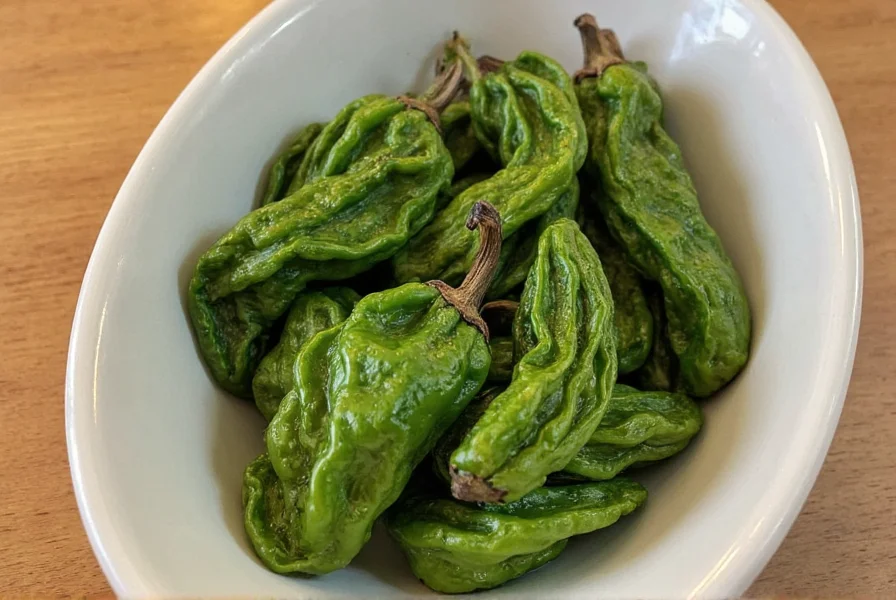
This transformation isn't just cosmetic — drying changes the chemical makeup of the pepper, concentrating sugars and deepening aromatics. In fact, many traditional recipes call specifically for dried poblanos (anchos) because of the unique smokiness they bring to sauces like mole, soups, and stews.
Flavor Profile & Heat Level
Let's talk taste. The dried poblano (ancho) has a rich, almost fruity flavor profile with notes of raisin, coffee, and a hint of chocolate. It's earthy, slightly sweet, and incredibly versatile.
| Characteristic | Fresh Poblano | Dried Poblano (Ancho) |
|---|---|---|
| Heat Level (Scoville Units) | 1,000 – 2,000 | 1,000 – 3,000 |
| Flavor Notes | Grassy, vegetal, mild | Smoky, sweet, complex |
| Best For | Rellenos, salsas, garnishes | Sauces, moles, soups, rubs |
While both forms are relatively mild, the dried version tends to have a wider range of heat depending on how mature the pepper was before drying. Always test a small piece before adding large quantities to a dish.
Creative Uses in Cooking
Dried poblanos are kitchen chameleons — they can be used in a variety of ways beyond just sauces. Here are some creative uses to spark your next recipe idea:
- Mole Magic: Anchovies may get all the love in mole, but anchos (dried poblanos) are the backbone of most traditional mole sauces.
- Stock Enhancer: Add a few slices to your homemade chicken or vegetable stock for a subtle layer of heat and richness.
- Chili Oil Infusion: Simmer dried anchos in oil with garlic and herbs to make a flavorful chili oil for dressings or drizzling over tacos.
- Spice Rub: Grind them into powder and blend with cumin, oregano, and salt for a killer dry rub for grilled meats or roasted vegetables.
- Stuffed Delights: Rehydrate and stuff with quinoa, cheese, or ground meat for a twist on classic chiles rellenos.
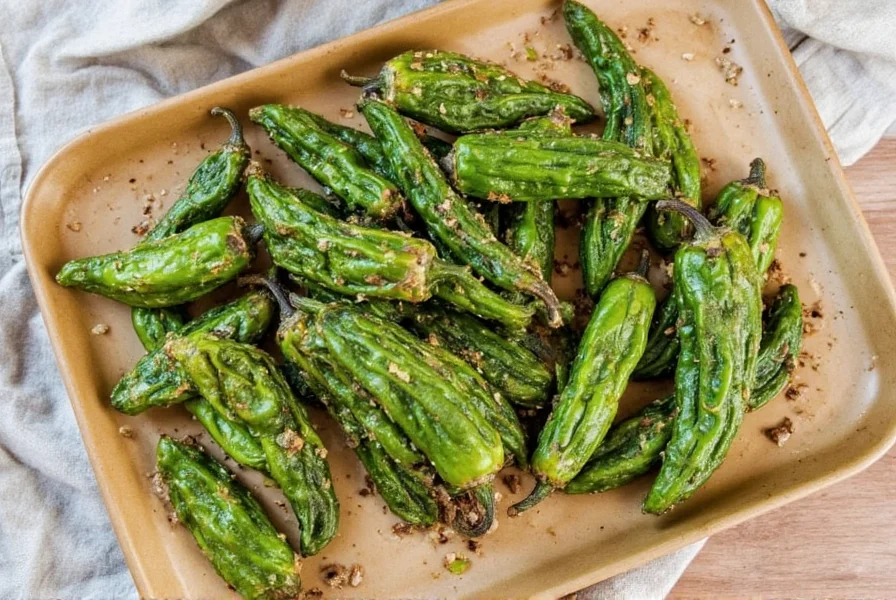
Buying Guide: How to Choose the Best Ones
Shopping for dried poblano peppers? Not all peppers are created equal. Here's how to pick the best ones:
| Feature | Good Quality | Avoid These |
|---|---|---|
| Color | Deep red to dark brown | Pale, faded, or greenish tones |
| Texture | Flexible but not brittle | Too dry and cracking easily |
| Smell | Earthy, slightly sweet aroma | Moldy, musty, or off-putting odor |
| Moisture Content | Not overly dry or moist | Soft or sticky texture |
- Where to Buy: Look in the international aisle of most grocery stores, Latin markets, or online retailers specializing in spices.
- Brand Options: Popular brands include La Costeña, Don Goyo, and El Yeyo. Each brand offers slight variations in flavor and heat intensity.
- Organic vs. Non-organic: Organic dried anchos are preferable if available, especially if you plan to eat them whole or grind them into powder.
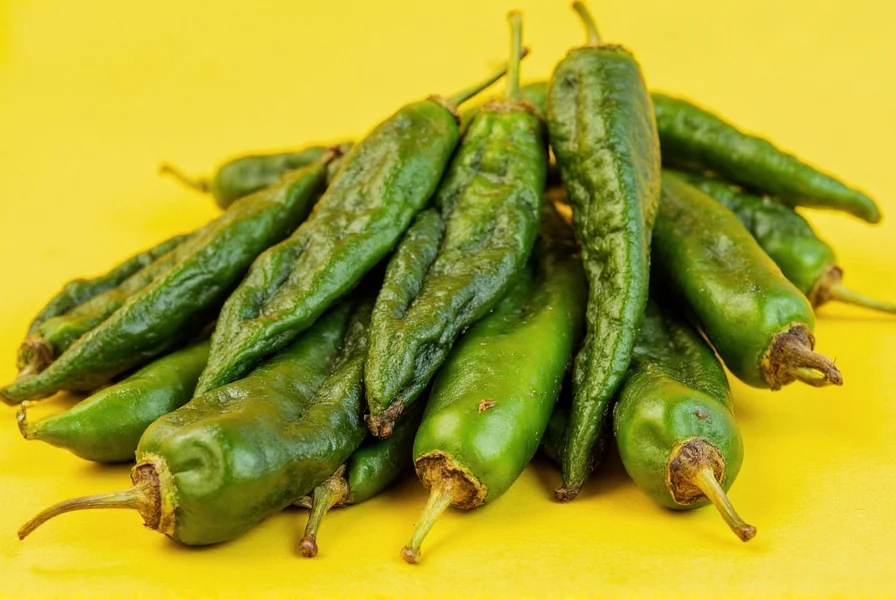
Pro Tips for Cooking with Dried Poblanos
Cooking with dried anchos requires a little prep work, but trust us — it's worth it. Here are some pro-level techniques to unlock maximum flavor:
- Toast Before Using: Briefly toast the peppers in a dry pan over medium heat until fragrant (about 30 seconds per side). This step wakes up the natural oils and enhances the smoky flavor.
- Rehydrate Properly: Soak in hot water or broth for 20–30 minutes until soft. Avoid boiling water, which can wash away flavor.
- Remove Seeds and Veins: While not always necessary, removing seeds reduces bitterness and heat level significantly.
- Blend Smooth: For sauces, use a high-speed blender and strain through a fine mesh sieve if a silky texture is desired.
- Add Acid: A splash of vinegar or lime juice brightens the flavor and balances the sweetness.
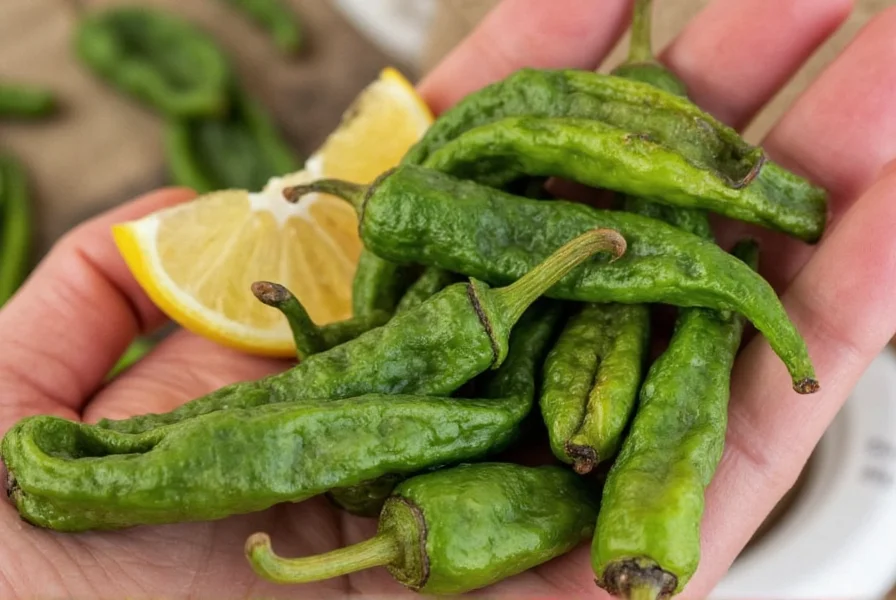
How to Dry Poblano Peppers at Home
If you grow your own poblanos or buy them in bulk during peak season, you can easily dry them at home:
- Select Ripe Peppers: Choose fully red or maroon-colored poblanos. Green ones will dry but won't develop the same depth of flavor.
- Wash and Dry: Clean them thoroughly and pat dry with a clean towel.
- Use a Dehydrator: Place on dehydrator trays and dry at 135°F (57°C) for 6–8 hours, or until completely brittle.
- Oven Method: Set oven to its lowest temperature, place peppers on a baking sheet, and leave door slightly open. Rotate occasionally. Takes 4–6 hours.
- Air-Dry: Hang in a warm, well-ventilated area out of direct sunlight. Can take up to two weeks.
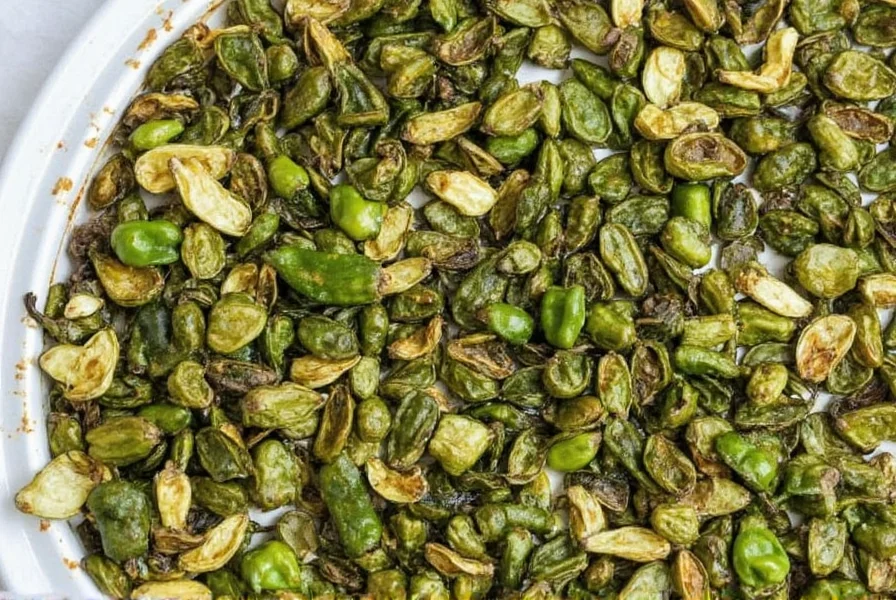
Storing Your Dried Poblanos Like a Pro
To keep your dried poblanos fresh and flavorful for months (or even years), follow these storage tips:
- Airtight Containers: Store in ziplock bags, mason jars, or vacuum-sealed bags. Squeeze out as much air as possible.
- Cool, Dark Place: Keep in a pantry or cupboard away from light and heat sources.
- Freezer Option: For long-term storage (over a year), freeze them in a single layer on a tray first, then transfer to a bag. They'll retain their color and flavor better this way.
- Label and Date: Always label with purchase date so you know when to rotate stock.
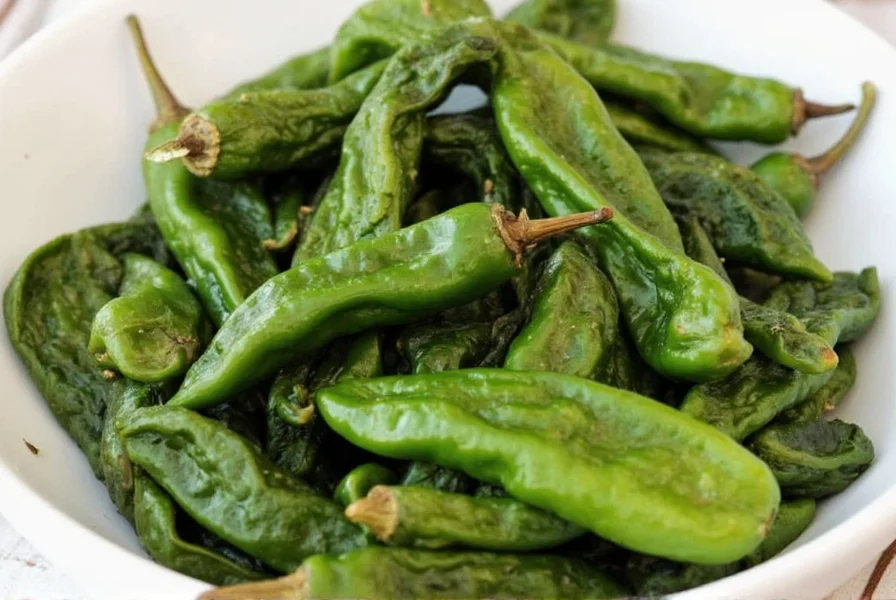
Frequently Asked Questions
Are dried poblanos and anchos the same thing?
Yes! Once a ripe poblano pepper is dried, it's officially called an ancho pepper. The name simply reflects its stage of preparation.
Can I substitute fresh poblanos for dried ones in a recipe?
You can, but expect a big difference in flavor and heat. Fresh poblanos lack the concentrated sweetness and smokiness of dried ones. If substituting, roast them first and increase the quantity slightly.
How spicy are dried poblanos?
On average, they fall between 1,000 and 3,000 Scoville units, making them a mild to moderately hot pepper. Compared to jalapeños (which range from 2,500 to 8,000 SHU), anchos are quite tame.
Do I need to soak dried poblanos before using them?
It depends on how you're using them. If you're grinding them into powder or infusing oils, soaking isn't necessary. However, for sauces, stuffing, or blending, soaking softens them and unlocks their full flavor potential.
How long do dried poblanos last?
Properly stored in an airtight container in a cool, dark place, dried poblanos can last 1-2 years while maintaining good flavor. In the freezer, they can last up to 3-4 years. The flavor will gradually diminish over time, so for best results, use within a year.
What's the difference between ancho and guajillo peppers?
While both are dried peppers commonly used in Mexican cuisine, they come from different pepper varieties. Anchos are dried poblanos with a deep, fruity flavor and mild heat (1,000-3,000 SHU). Guajillos are dried mirasol peppers with a brighter, tangier flavor and slightly more heat (2,500-5,000 SHU). Anchos are wider and heart-shaped, while guajillos are longer and narrower.
Can dried poblanos go bad?
Dried poblanos don't typically "go bad" in the sense of becoming unsafe to eat, but they can lose flavor and quality. Signs they've degraded include a musty smell, visible mold, or if they've become extremely brittle and crumble easily. Properly stored, they'll maintain good quality for 1-2 years.
What are the health benefits of dried poblanos?
Dried poblanos retain many of the nutritional benefits of fresh peppers. They're rich in vitamin A (from beta-carotene), vitamin C, and capsaicin (which may boost metabolism and reduce inflammation). They also contain antioxidants and dietary fiber. The drying process concentrates some nutrients while reducing water-soluble vitamins like vitamin C.
How many fresh poblanos equal one dried poblano?
Generally, it takes about 3-4 fresh poblano peppers to yield one dried ancho pepper, as they lose significant moisture during the drying process. When substituting in recipes, a good rule of thumb is that 1 dried ancho pepper equals approximately 3-4 fresh poblanos, though this varies based on the size of the peppers and the recipe requirements.
Final Thoughts
Whether you're making a slow-simmered mole, spicing up your homemade pasta sauce, or crafting a custom dry rub for steak night, dried poblano peppers (anchos) deserve a spot in your pantry. With their complex flavor, versatility, and ease of storage, they're one of those underappreciated ingredients that elevate everyday cooking to something special.
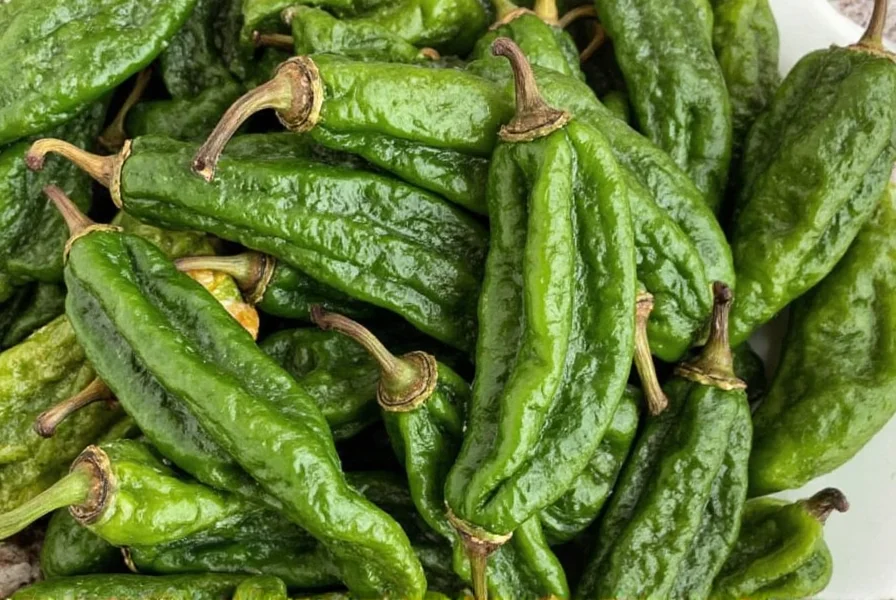
So next time you reach for that bottle of hot sauce, consider reaching for a few dried poblanos instead — your tastiest experiments might just begin with one wrinkled, leathery-looking chili.

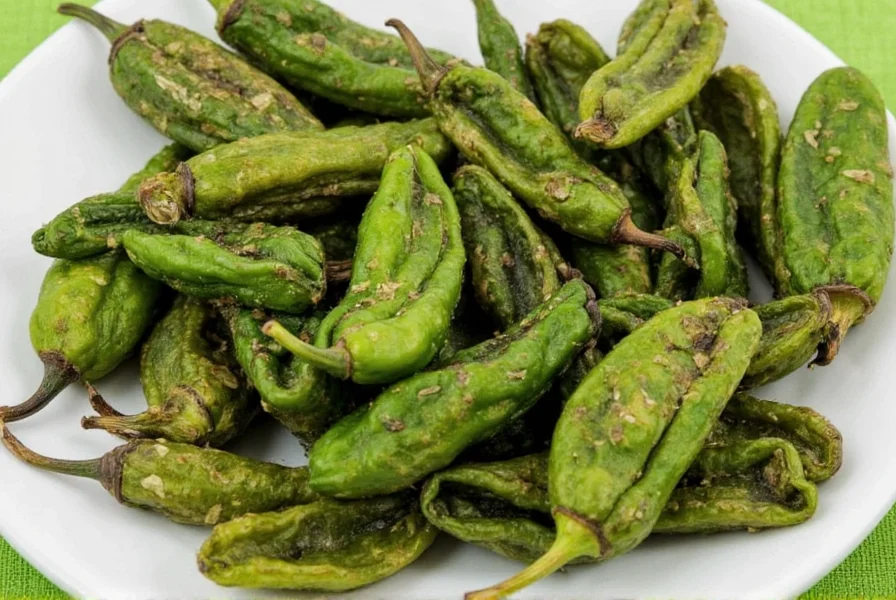









 浙公网安备
33010002000092号
浙公网安备
33010002000092号 浙B2-20120091-4
浙B2-20120091-4